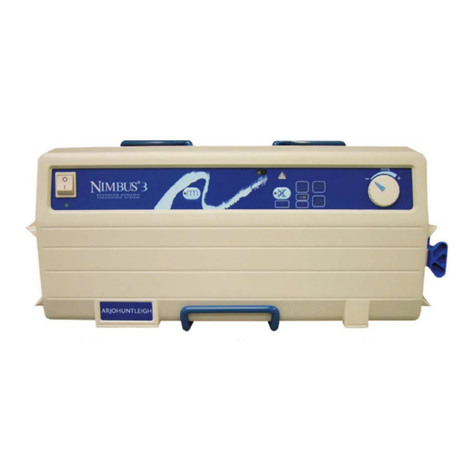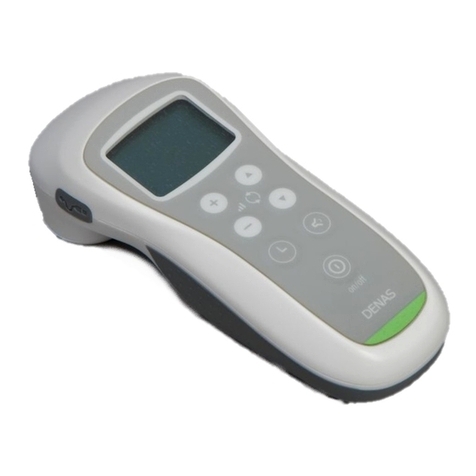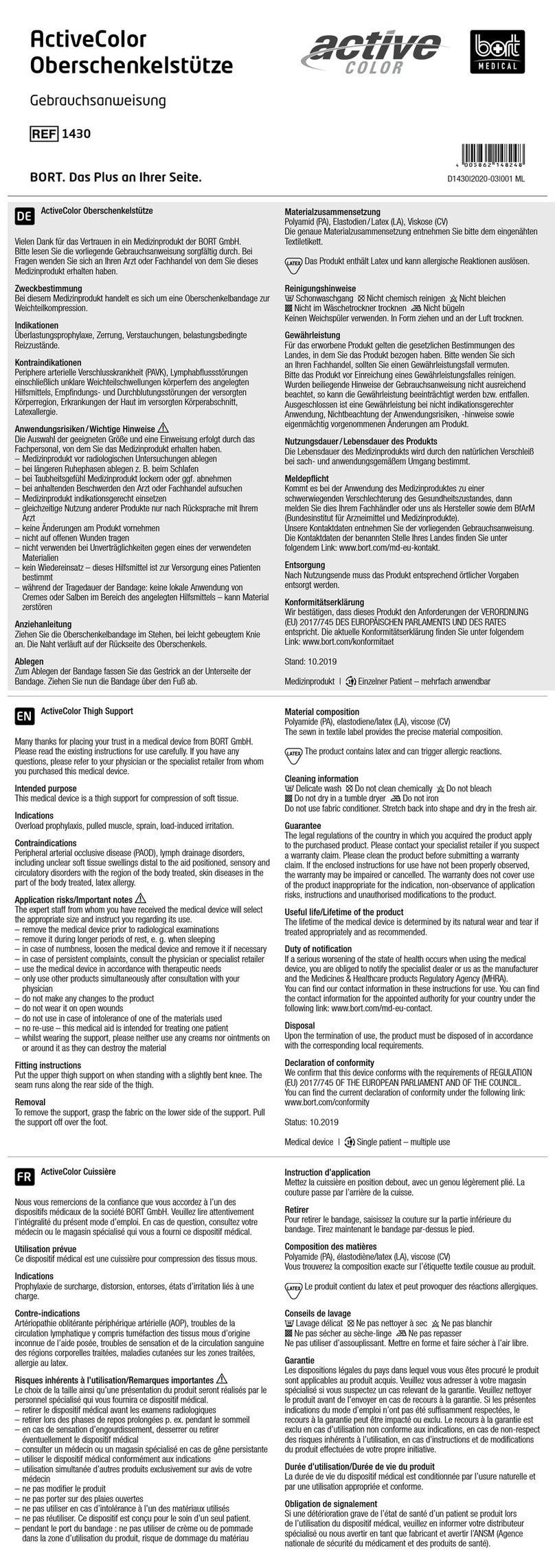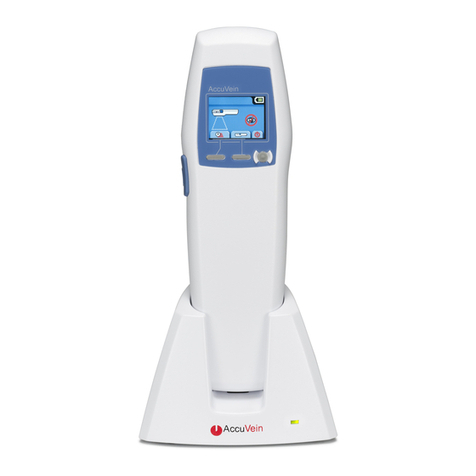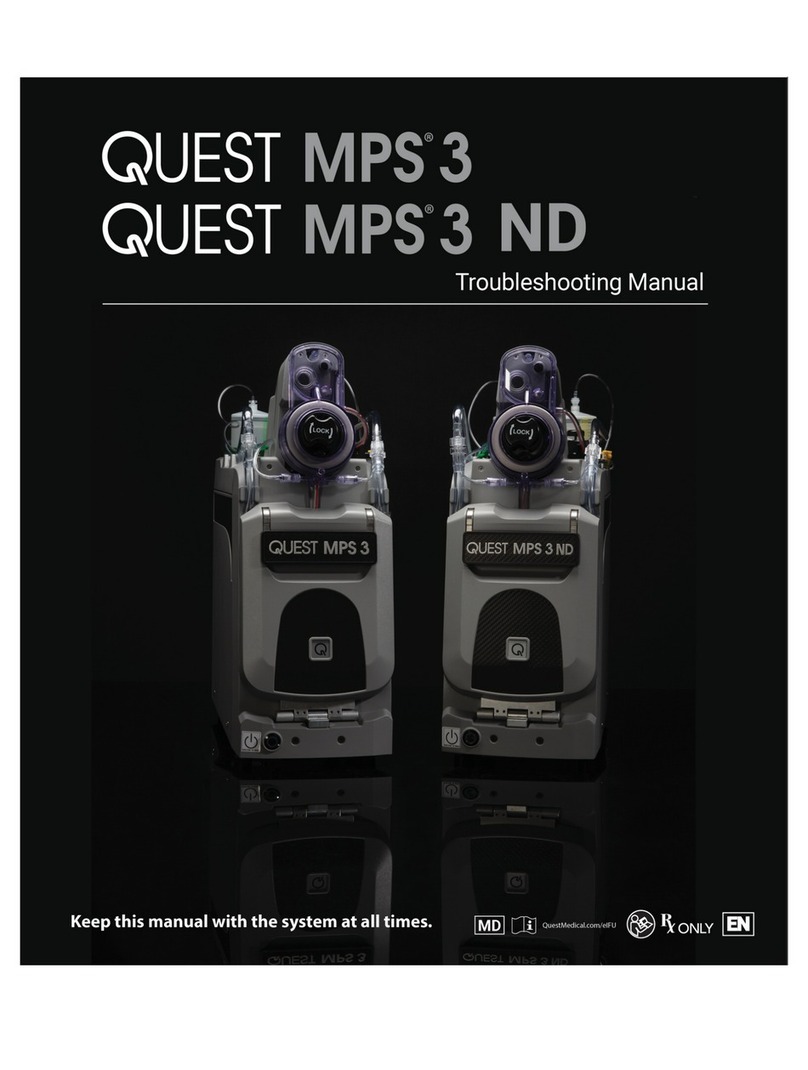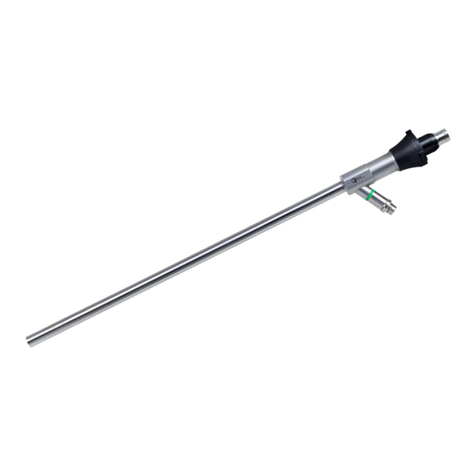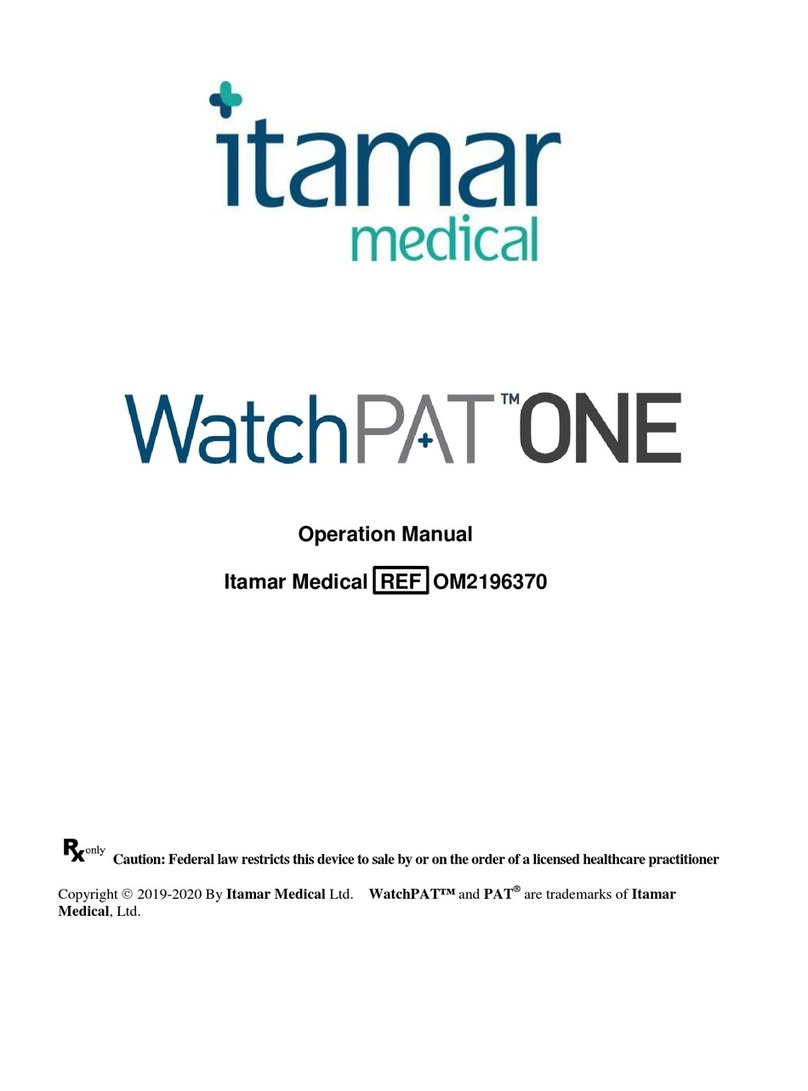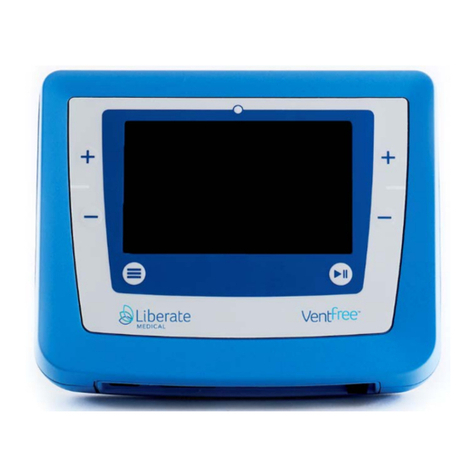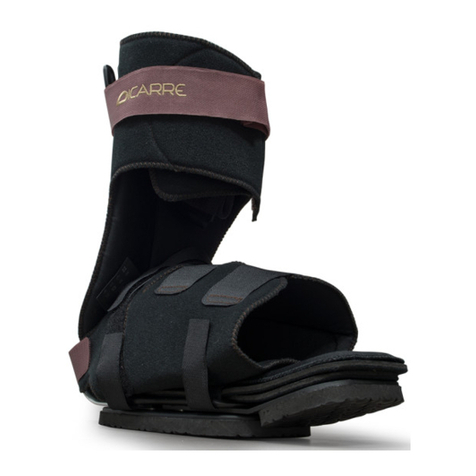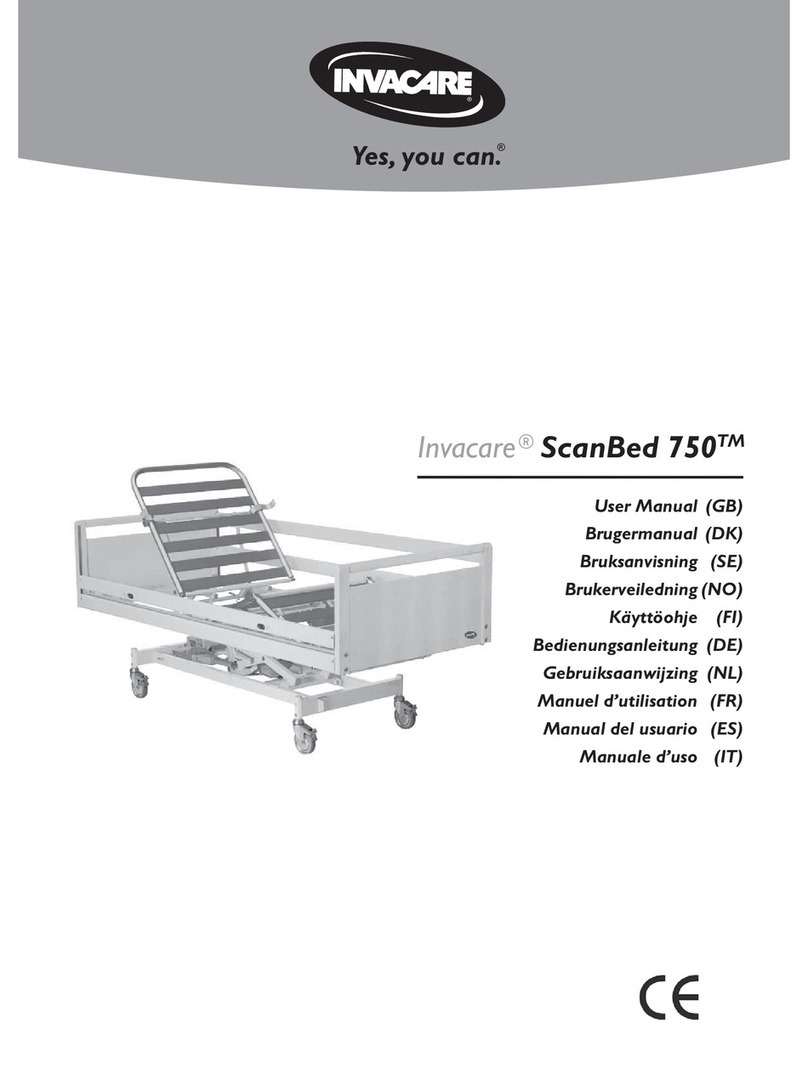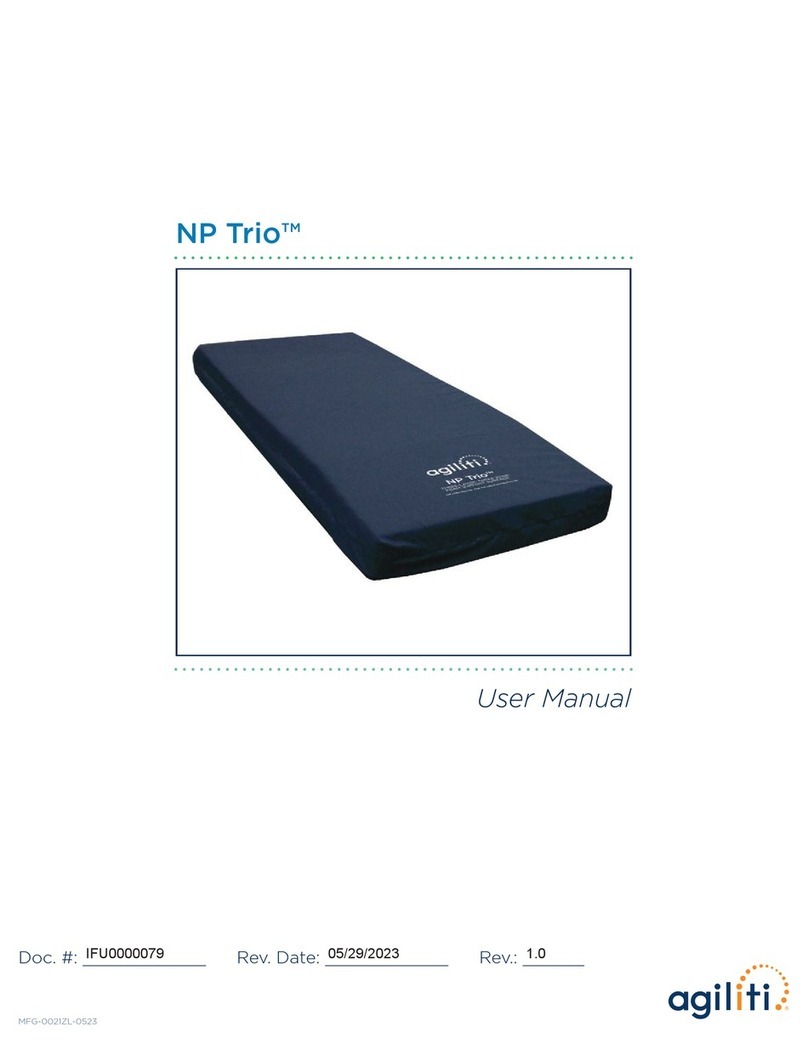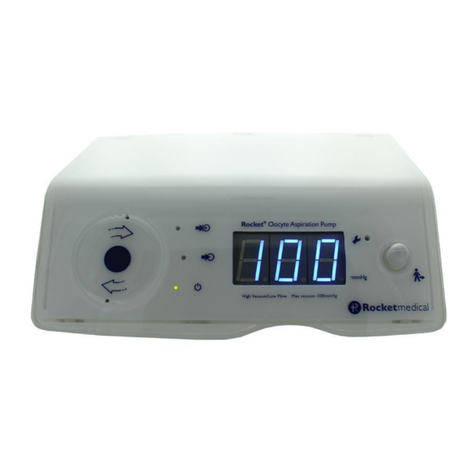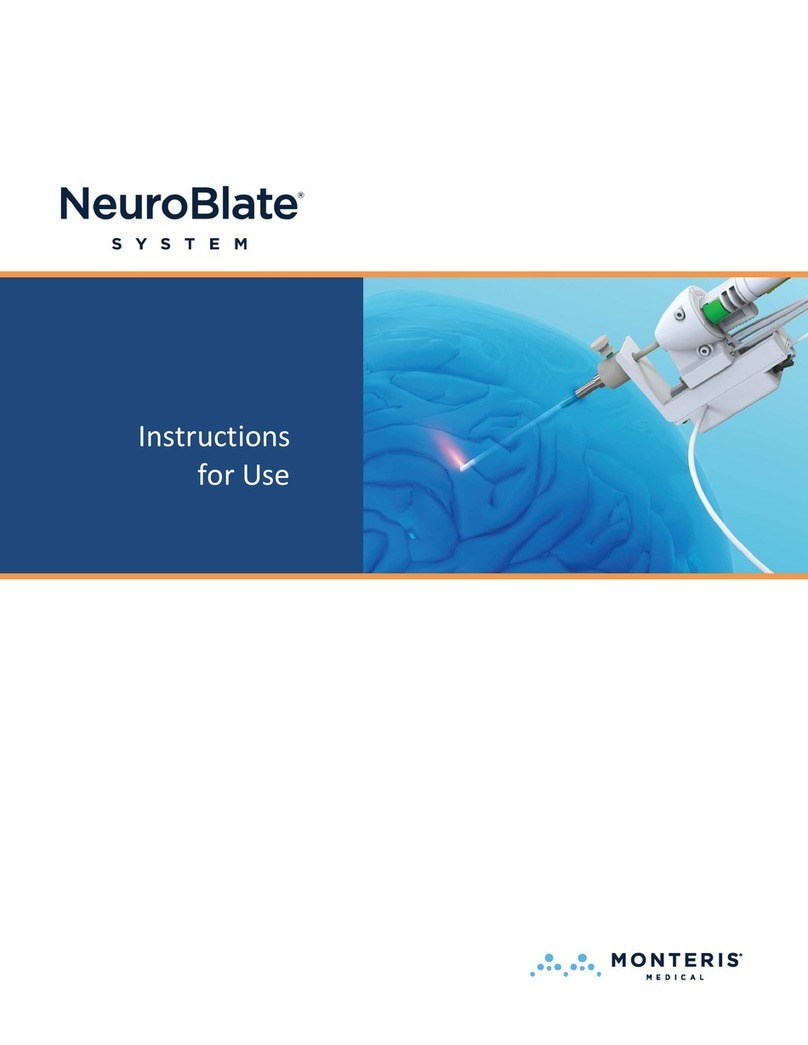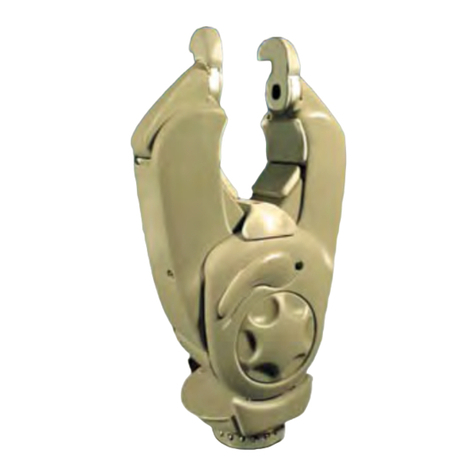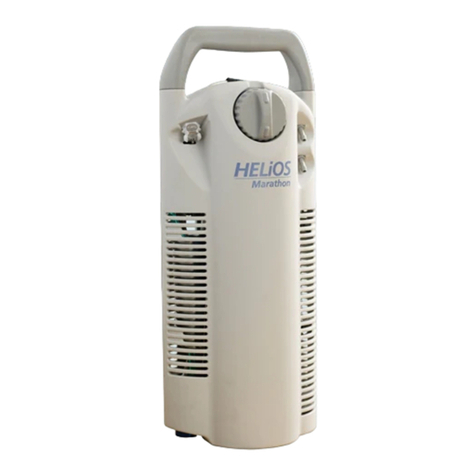Stainless steel products
Cleaning and Maintenance : For maintenan-
ce of stainless steel products, periodic clea-
ning of the surface is sufficient. This operation
is necessary to keep the products clean, but is
facilitated by the quality of stainless steel sur-
faces. A large range of products and cleaning
methods may be used. The choice of the most
suitable products to be used will depend on the
nature of the marks or on the product content,
and on the conditions of use of the stainless
steel elements.
Cleaning agents :
a) Detergent - washing liquids : All types
of detergents, washing liquids and com-
mercial soaps may be used, provided
they do not contain any chlorine pro-
ducts.
b) Abrasive powders : These products
may scratch the stainless steel surface,
thereby changing the way it looks, at
least in places. They should therefore
not be used.
c) Solvants : The use of solvants may be
useful in getting rid of grease marks.
The usual solvants (benzene, methyle-
ne chloride, white spirits etc.) as well as
domestic or specially prepared indus-
trial products may be used. Naturally
their use requires certain precautions to
be taken because of their inflammable
and toxic properties. Precautions must
also be taken to avoid damaging adja-
cent materials which may be sensitive
to their chemical action (paints, mastics,
joints etc.).
d) Acid products : Vinegar (acetic acid)
may be used to get rid of stains made
by calcium deposits. Its contact with the
surfaces must be of a very limited dura-
tion, and the surface must then be tho-
roughly and carefully rinsed with clean
water. The use of chlorine based pro-
ducts is forbidden.
e) Bases : They are strictly forbidden.
Others : The use of steel wool or metal spon-
ges is strictly forbidden.
Laminated elements
Cleaning and Maintenance : As for PVC. Use window cleaning products.
PVC and ABS products
Cleaning and Maintenance : The use of commercial cleaning products, such as window clea-
ning products, are perfectly suitable for PVC and ABS surfaces. To brighten up an old or dull
surface, plastic restorer products may be used. Please note that the use of any solvants or any
abrasive products is strictly forbidden.
Chrome finished products
These products have been covered with a chrome coating to protect them from oxydization.
Cleaning and Maintenance : It is vitally important, in order not to damage this protective coating,
that abrasive and / or corrosive products should not be used. The use of commercial cleaning
products, such as window cleaning products, are perfectly suitable for chrome coated surfaces.
If necessary, an appropriate disinfectant may be used on chrome (make sure the instructions are
followed).
